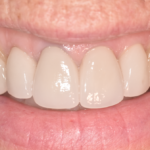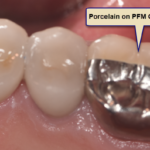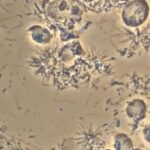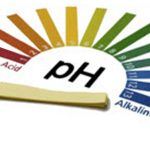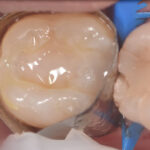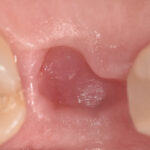Plastic Pollution Affects Ocean Conservation
As a holistic dental practice, we are concerned about dentistry’s impact on the environment. And ocean conservation is a concern for anyone who cares about the future of our beautiful blue planet. The earth is covered with 75% water, which regulates its temperature and produces more than half of the air we breathe. Water is the only substance on earth that can be found in solid, liquid and gas forms, and 97% of it is found in the oceans.
The oceans are consistently impacted by Nature itself and by human activity. About half of the gases worldwide that contribute to the greenhouse effect are absorbed into the ocean, which delays the effects of global warming. Carbon dioxide, one of the main greenhouse gases, also makes the ocean water more acidic and less hospitable for aquatic life. Just as ph or acid/alkaline balance is important for the body’s health, it is also important in the ocean. In April 2009, President Obama signed legislation to address the environmental and economic impact of acidic ocean waters.
Going to the beach is one of the things we like most about the California lifestyle. It is also a major economic resource, with beach related recreation and tourism accounting for over 80 billion dollars in 2001. Yet each year beach closings and advisories caused by other factors deter more people. In 2006, university researchers found that 1.5 million people get sick each year in coastal Los Angeles and Orange County alone. One source of pollution in our local beaches is sewage and toxic runoff from Tijuana. Another is pesticides and fertilizer from agriculture.
The trash, bacteria and toxic chemicals that impact people also threaten sea turtles, otters and other marine life like sea birds. According to the United Nations Environmental Programme, a million seabirds and 100,000 marine mammals and sea turtles are killed every year. About 90% of all the trash in the ocean is thought to be plastic.
In 2006, the UN Environmental Programme estimated that every square mile of ocean contains 46,000 pieces of plastic. In the Pacific Ocean between California and Japan, there is a place where the currents collect plastic debris; about 80% of the trash comes from land and the remainder from ships. It’s estimated that this area, known as the Pacific Garbage Patch, may be twice the size of Texas.
Small plastic particles called “microplastics” have also been found inside of zooplankton, mussels and barnacles. According to the National Research Council in 2008, “The durability and longevity that make plastic a useful substance also leads to its persistence in the marine environment, with consequences that include entanglement, damage to habitats, species transport, and ingestion.” This marine debris is a concern because these pellets and the toxins they attract, like DDT and PCB’s, may be working their way up through the marine food chain and into the fish on our plates.
Read Part 2 of A Holistic Perspective on Ocean Conservation
Dr. Carey O’Rielly is a holistic dentist in San Diego, California who truly understands and practices the tenets of holistic health, both as a practitioner and in his personal life. His remarkable knowledge of the field came about through years of study and experience, initiated by his own work-related health challenges.

